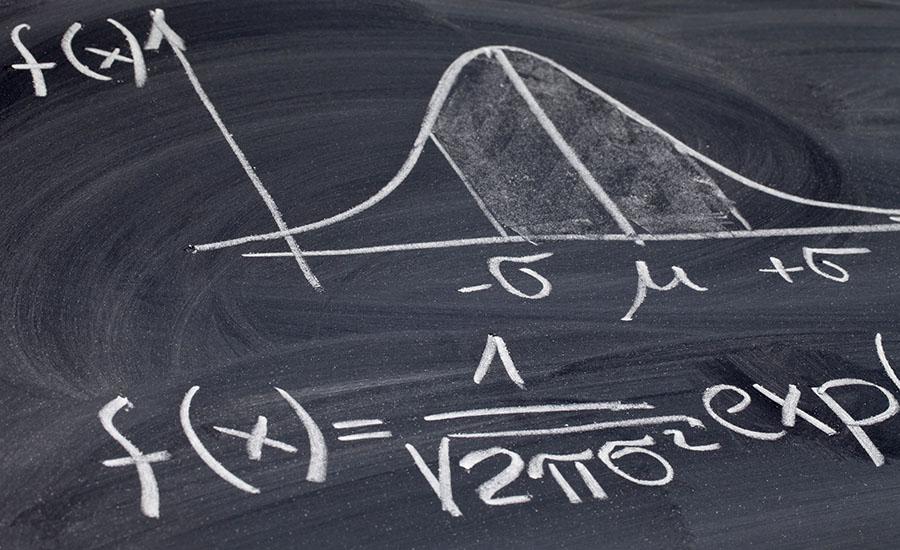
An Inquiry Approach to Circular Motion
This lesson uses a Modeling Instruction approach to developing the graphical and mathematical relationships for Circular Motion for students in Grades 9-12. Students design an experiment, collect data using an online simulation, plot their results, and derive the relationship between net force, mass, velocity, and radius. Materials used include a Centripetal Force Apparatus, The Physics Aviary’s Classic Circular Force Lab simulation, Vernier's Graphical Analysis app, and Readings (links provided in the slide deck).
Lesson Plan Link/URL
https://docs.google.com/presentation/d/1L-1VLlReCVKbsElyk2f6DYCv_IdMZV_4/edit?u…Subject Area
Science Physical Science P3: Net Force Earth and Space Science E2: Earth & the Universe Technology 5. Computational Thinker Mathematics Measurement and Data (MD) Expressions and Equations (EE) Algebra (A) English Language Arts (ELA) Reading (Informational Text)Related Content

More VR integration in the classroom, oh my! This is the second lesson of a two-day exploration of chain reactions. On day one, students received a general overview of chain reactions, Rube Goldberg

VR in the classroom, oh my! This Day 1 lesson provides students an introductory understanding of chain reactions, Rube Goldberg and his machines, the Oculus (Meta) Quest 2, the online game Dynamic

An introduction to Kepler's 1st Law and ellipses. The lesson includes some guided notes for students as well as a hands on activity where students will draw, measure, explore, and conduct calculations